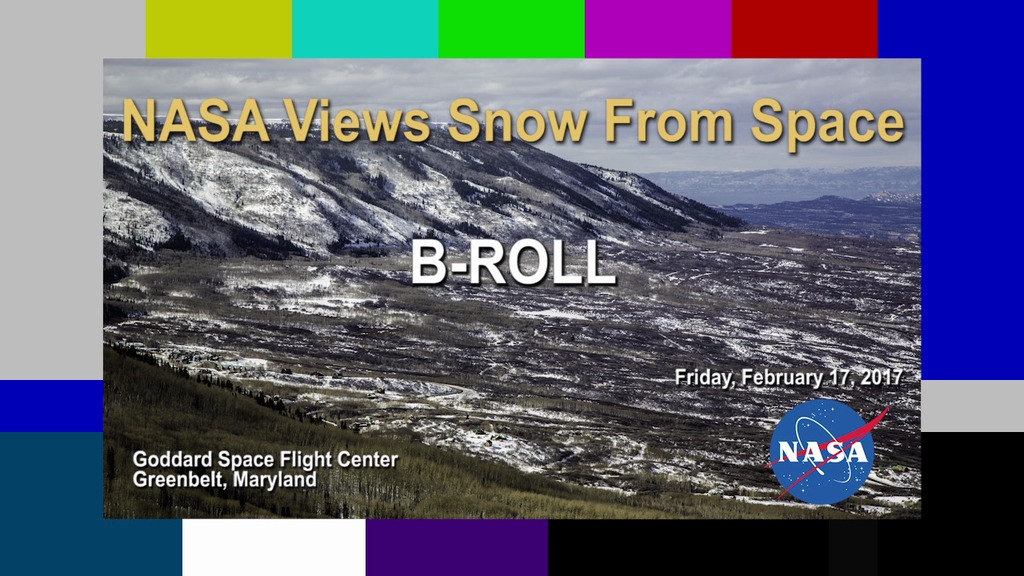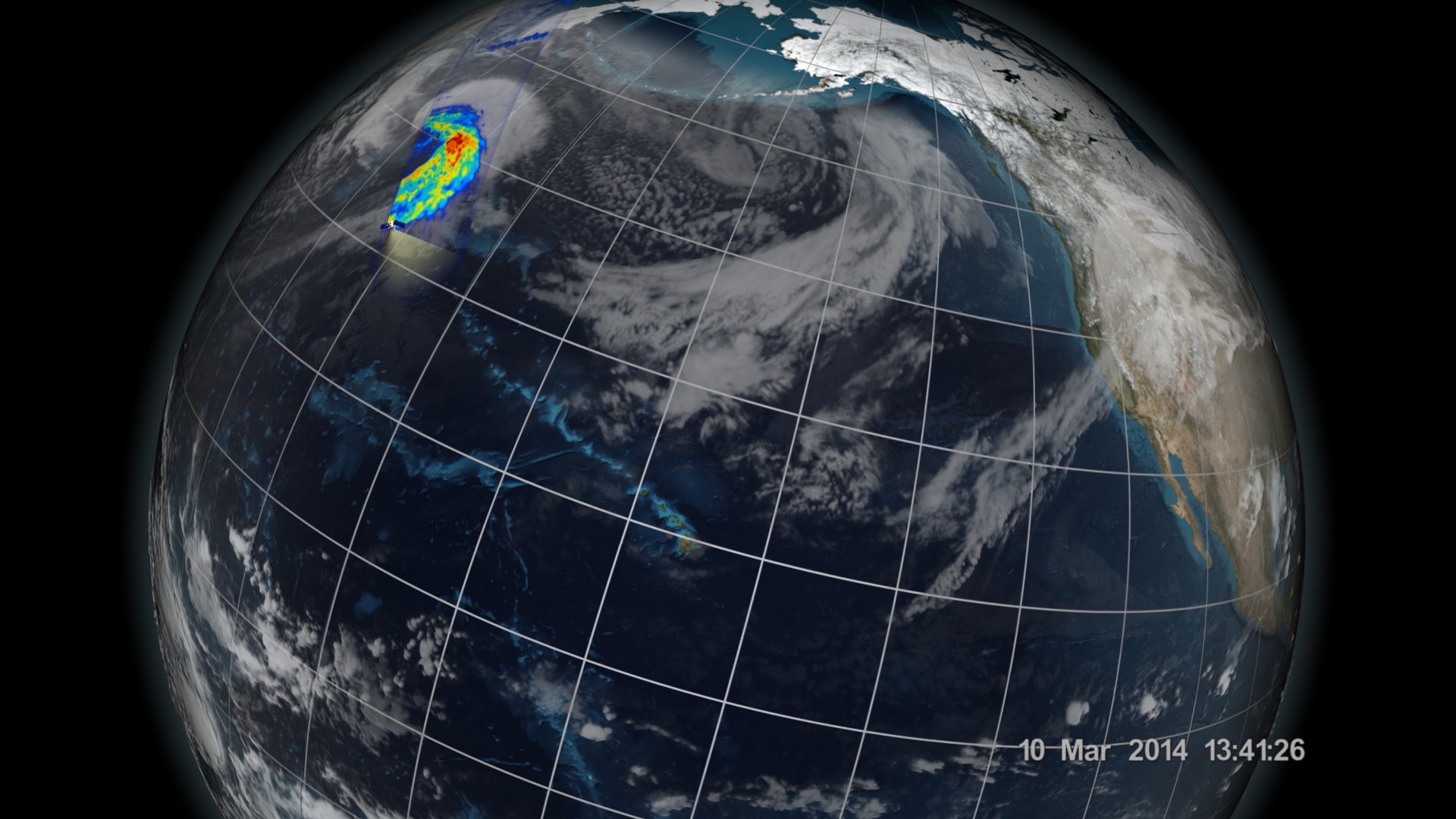GPM Has Best Calibrated Microwave Imager in the World

This is an infographic describing how the GPM Microwave Imager works and maintains its high degree of calibration, as well as how it contributes to the precipitation rates produced by the mission.
With so many important applications, how does GPM create these maps and make sure they’re accurate? In a recent evaluation, GPM’s microwave imager was named the best calibrated microwave imager to date. So what exactly makes it the best? It’s a combination of better hardware and more advanced technology.
Credits
Please give credit for this item to:
NASA's Goddard Space Flight Center
-
Producer
- Ryan Fitzgibbons (USRA)
-
Animator
- Lisa Poje (USRA)
-
Scientists
- Gail Skofronick Jackson (NASA/GSFC)
- Dalia B Kirschbaum (NASA/GSFC)
-
Scientific data support
- Chris Kidd (University of Maryland)
-
Writer
- Kasha Patel (NASA/GSFC)
Release date
This page was originally published on Tuesday, February 7, 2017.
This page was last updated on Wednesday, May 3, 2023 at 1:47 PM EDT.


